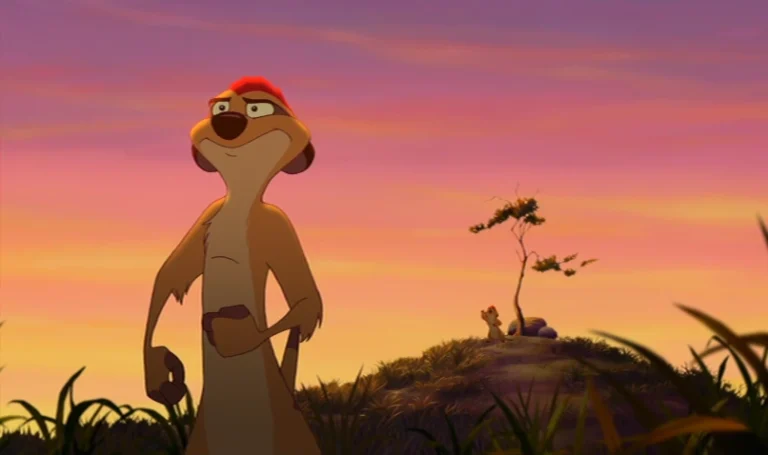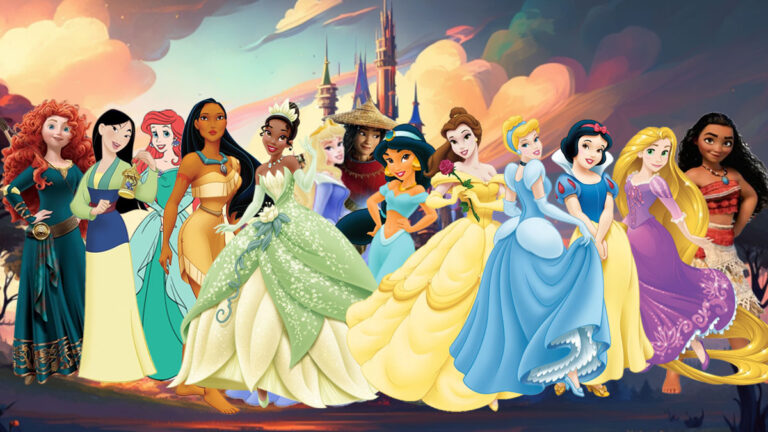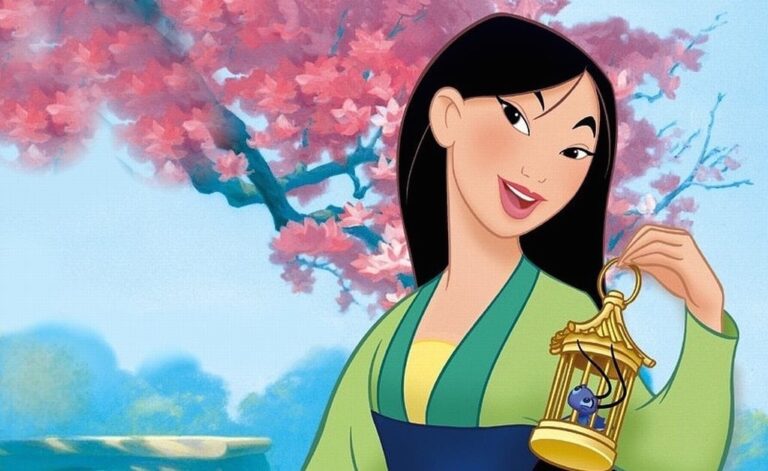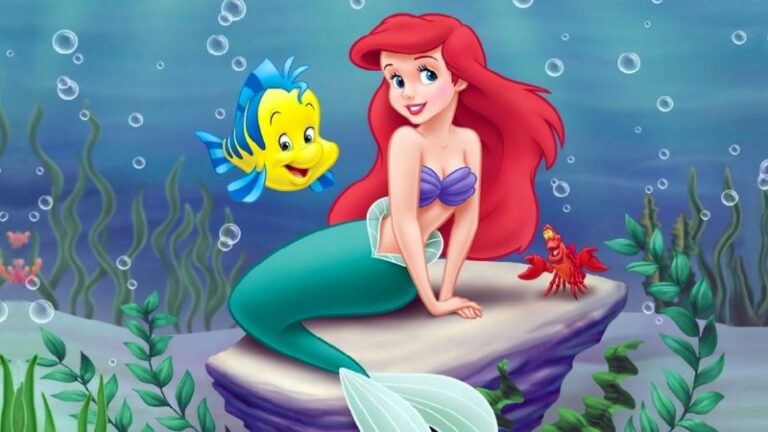When And Where Does Moana Take Place?
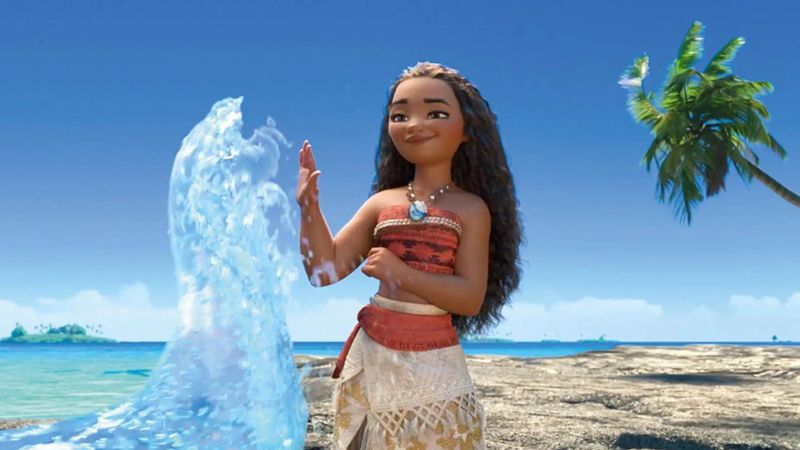
The animated film “Moana” has captivated audiences of all ages with its stunning visuals, catchy songs, and empowering message. But for those who have watched the movie, a question may linger: when and where does the story take place?
To answer this question, we must delve into the details of the film’s setting, examining its geographical, historical, and cultural elements. From the lush landscapes of the Pacific Islands to the rich traditions of the Polynesian people, “Moana” offers a window into a world that is both fantastical and rooted in reality. So, let’s explore the world of “Moana” and discover the time and place this beloved story unfolds.
Setting the scene: An overview of the world of Moana
The world of “Moana” has vibrant colors, lush landscapes, and a rich cultural heritage. The story takes place in the South Pacific, in a region known as Polynesia. The setting comprises a vast network of islands, each with its own distinct culture and traditions. The film’s protagonist, Moana, hails from the fictional island of Motunui, which is situated in the heart of Polynesia.
The world of “Moana” uniquely blends historical and mythical elements. The story draws inspiration from the rich cultural traditions of the Polynesian people, which include stories of ancient gods, spirits, and demigods. The film’s creators have worked hard to ensure the movie’s setting is authentic and respectful of the Polynesian culture.
From the clothing and hairstyles of the characters to the music and dance routines, every detail has been carefully crafted to reflect the traditions of the Pacific Islands. Overall, the world of “Moana” is a fascinating and enchanting place that transports audiences to a world of adventure and wonder.
The Pacific Islands: A geographical and cultural backdrop
The Pacific Islands, also known as Oceania, is a region of thousands of islands spanning over 30 million square kilometers of the Pacific Ocean. The islands are divided into three main regions: Melanesia, Micronesia, and Polynesia.
Polynesia is where “Moana” takes place, encompassing a vast area from Hawaii in the north to New Zealand in the south. The Polynesian islands are characterized by their tropical climates, lush vegetation, and stunning natural beauty.
The Polynesian culture is renowned for its rich traditions, beliefs, and values. The people of Polynesia have a deep connection to the land, sea, and sky, and their cultural practices reflect this reverence. Polynesians are also known for their love of music, dance, and storytelling.
In “Moana,” we see these cultural traditions reflected in the characters’ clothing, hairstyles, and how they interact. The film celebrates the Polynesian culture and allows audiences to learn more about the people who call these islands home.
Polynesian history and mythology: Influences on the story
The world of “Moana” is deeply influenced by Polynesian history and mythology. The story draws upon the rich oral traditions of the Polynesian people, passed down from generation to generation for thousands of years. One of the movie’s central themes is the relationship between humans and the natural world. This concept is rooted in Polynesian beliefs, which hold that all living things are connected and that humans are responsible for caring for the environment.
Another important element of Polynesian mythology reflected in “Moana” is the idea of demigods. In Polynesian mythology, demigods are half-gods, half-humans with incredible strength and abilities. In “Moana,” Maui is a demigod central to the story. His character is based on the demigod of the same name from Polynesian mythology, known for his shape-shifting abilities and connection to the sea.
Incorporating Polynesian history and mythology in “Moana” adds depth and richness to the story. The film provides a window into a world often overlooked in mainstream media, and it offers a glimpse into the cultural heritage of the Polynesian people. By drawing upon these traditions, the creators of “Moana” have created a story that is both entertaining and educational, inspiring viewers to learn more about the cultures and histories of the Pacific Islands.
Timeframe of Moana: Is it set in the past, present, or future?
The timeframe of “Moana” is deliberately ambiguous, and the story is set in a period not specified in the movie. However, the film’s creators have indicated that the story takes place in the distant past, long before the arrival of Europeans in the Pacific Islands. This timeframe is supported by the film’s depiction of Polynesian culture and traditions, which have been practiced in the region for thousands of years.
Even though “Moana” is set in the past, the film’s themes and messages are still relevant to contemporary audiences. The movie explores universal themes such as identity, self-discovery, and the importance of following one’s heart. These themes resonate with viewers of all ages and backgrounds and offer a powerful message of empowerment and resilience.
By setting the story in the past, the creators of “Moana” have created a timeless tale that transcends temporal boundaries and speaks to the human experience profoundly. Overall, the timeframe of “Moana” may be undefined, but its message will endure for generations.
Clues from the movie: Examining details to determine the setting
Clues from the movie can help us determine the setting of “Moana.” For instance:
- The movie’s depiction of Polynesian culture and traditions suggests that the story takes place in the distant past, before the arrival of Europeans in the Pacific Islands. The clothing, hairstyles, and musical instruments used by the characters are all indicative of this timeframe.
- The movie’s portrayal of navigation and seafaring techniques used by the Polynesian people suggests that the story takes place before the advent of modern technology.
- The presence of certain animals and plants is also indicative of the setting. For instance, the movie features several indigenous animals to the Pacific Islands, such as the coconut crab, the frigatebird, and the sea turtle.
- The absence of certain animals and plants also provides clues. For example, the movie does not feature any horses introduced to the Pacific Islands by Europeans.
- The film’s depiction of traditional tattoos, known as tatau, is another clue. Tattoos have been a part of Polynesian culture for thousands of years, and the designs featured in the movie indicate this tradition.
- The absence of firearms and other modern technology further supports the idea that the story occurs in the past.
These clues suggest that “Moana” is set in the distant past, before the arrival of Europeans in the Pacific Islands. The film’s depiction of Polynesian culture and traditions, its portrayal of navigation techniques, and the presence/absence of certain animals and plants provide compelling evidence to support this conclusion.
Cultural accuracy: Depicting Polynesian traditions and beliefs in Moana
Cultural accuracy was a high priority for the creators of “Moana,” as the film was intended to be a respectful and authentic representation of Polynesian culture. To ensure the movie was culturally accurate, the filmmakers consulted with a team of cultural advisors who were experts in Polynesian history, mythology, and culture. These advisors helped ensure that the film respected Polynesian traditions and beliefs and accurately portrayed the Pacific Islands’ diverse cultures and customs.
One way “Moana” accurately depicts Polynesian culture is through its portrayal of the importance of community and family. In Polynesian culture, family and community are central to daily life, and this is reflected in the movie’s depiction of Moana’s close-knit community on the island of Motunui. The movie also accurately portrays Polynesian music and dance, an important part of the region’s cultural heritage. The film’s soundtrack features songs inspired by traditional Polynesian music, and the characters’ dance routines are based on Polynesian dance styles.
The attention to cultural accuracy in “Moana” is evident in every aspect of the film, from the characters’ clothing and hairstyles to the music and dance routines. The film provides a respectful and authentic portrayal of Polynesian culture and has been praised for its positive representation of a culture often overlooked in mainstream media.
By accurately depicting Polynesian traditions and beliefs, “Moana” has helped to raise awareness about the rich cultural heritage of the Pacific Islands, and it has inspired viewers of all ages to learn more about these fascinating cultures.
Impact of the setting on the story: How the location enhances the narrative
The setting of “Moana” plays a significant role in enhancing the story’s narrative. The lush landscapes and vibrant colors of the Pacific Islands create a visually stunning backdrop for the film. At the same time, the rich cultural heritage of Polynesia adds depth and meaning to the story. The setting also serves as a metaphor for Moana’s journey of self-discovery and empowerment. As she ventures further from her home island of Motunui and encounters new challenges and experiences, she discovers the strength and resilience within herself and a deeper connection to her cultural heritage and the natural world.
Another way in which the setting enhances the narrative is through its depiction of Polynesian mythology and beliefs. The story draws upon ancient Polynesian myths and legends woven seamlessly into the movie’s plot. These myths provide a sense of wonder and magic to the story and add depth and complexity to the characters and their motivations. The setting also allows the movie to explore universal themes relevant to audiences of all ages and backgrounds, such as the importance of family, the power of self-belief, and the need to protect the environment.
Understanding the significance of the time and place of Moana
The time and place of “Moana” are significant for several reasons. First and foremost, the setting of the Pacific Islands allows the movie to showcase a culture and heritage often overlooked in mainstream media. The film provides a respectful and authentic representation of Polynesian culture, and it has helped to raise awareness about the unique traditions and beliefs of the region.
In addition, the setting of “Moana” is significant because it allows the movie to explore universal themes and messages relevant to audiences of all ages and backgrounds. By setting the story in the distant past, the film can explore timeless concepts such as identity, self-discovery, and the importance of following one’s heart. These themes resonate with viewers of all ages and cultures and offer a powerful message of empowerment and resilience.


